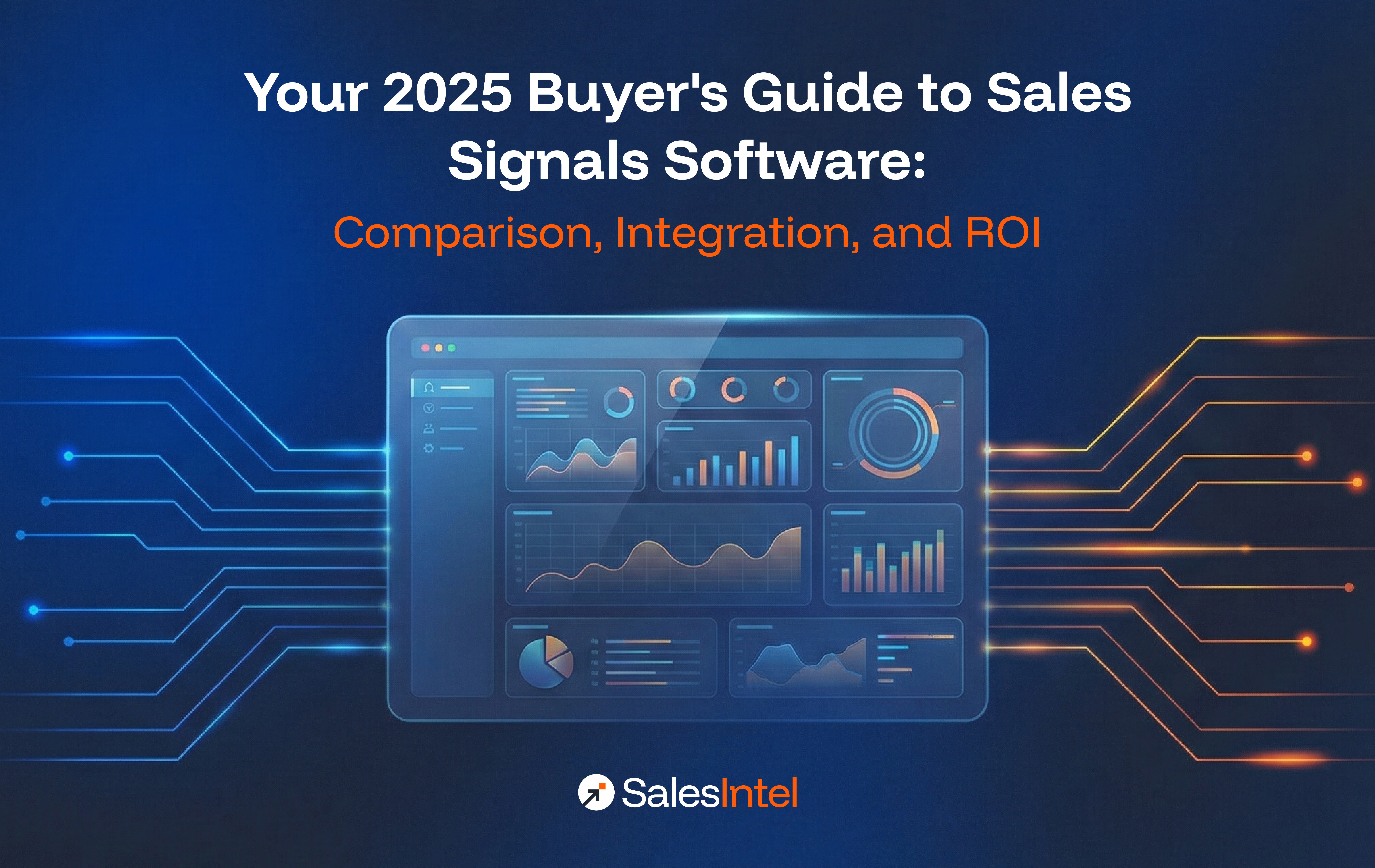At one point or another, every business needs to move out of its comfort zone in search of new lucrative markets. After all, no matter how successful you are, there is a limit to the number of consumers in a given market.
Once you hit that glass ceiling, growth is bound to stagnate. And given that B2B businesses are more particular about their clients than their B2C counterparts, their need for expansion comes much quicker.
That’s not the only difference. B2C businesses have brand recognition beyond their traditional strongholds – a luxury B2B enterprises generally do not have. For example, almost everyone has heard of AirBnB but very few people know about Stripe – despite both of them having approximately the same valuation. Case in point, it would be much easier for Airbnb to enter and succeed in new markets than Stripe, simply because more people already know about it.
That is why while B2C enterprises rely on advertisement blitzes and discount offers for expansion, B2B companies need to take a much sober and calculative approach.
Rather than blasting through a massive marketing budget and blanketing the market with ads, B2B companies are much better served by a surgical use of B2B data to strategically reach and appeal to their target markets. The standard operating procedure of B2B companies for entering to a new market include:
Identify an ICP
Even before you start operating in a new market, you must define an ideal customer profile you wish to target. More often than not, the same product ends up having different ICPs in different markets.
This, in turn, requires in-depth research and analysis of industry trends for companies to be able to have an accurate assessment of their potential clients. Collectively, this information is referred to as buying intelligence and is a product some data providers bundle with their B2B data.
Find the decision-makers
The next step is finding the people who matter: the decision-makers. Not all companies have a defined group of potential buyers in a given company. It takes time, research, and diligence to find the right contacts at those companies to get things moving.
Alternatively, you can buy such contact data from a B2B data provider like SalesIntel.
Create quality content
B2B marketing isn’t all about cold calling and email campaigns. Businesses need to create a large pool of high-quality content tailored to their prospects to be able to gain visibility and build credibility.
Also, because each buying center can have anywhere between 2-8 people, content is the key to converting leads into clients without being too intrusive.
Have a quantitative reach out
Though B2B selling generally relies on personalized outreach rather than broad marketing campaigns, the value of quantity is nonetheless quite important. It is crucial for a new player to not just sell but also create brand awareness to create a network effect that serves them in the long run. Depending on the market and budget, these broad outreach strategies can range anywhere from event marketing to email campaigns. The point is, you must ensure that the market is well aware of your presence.
Start fresh
One of the key mistakes that many businesses make while expanding to a new market is that they rely excessively on their previous experiences and thus are susceptible to their inherent biases. Be willing to accept new ideas, adopt new strategies, and even modify your product and services depending on market preferences.
Closing remarks
Expanding to a new market can be a highly rewarding venture or a significant waste of time and resources depending on how well you know the market and how effectively you can engage it. If research and ground-study seem a lot of work, there is always an option to purchase contact data and buying intelligence and get right to the selling part.





